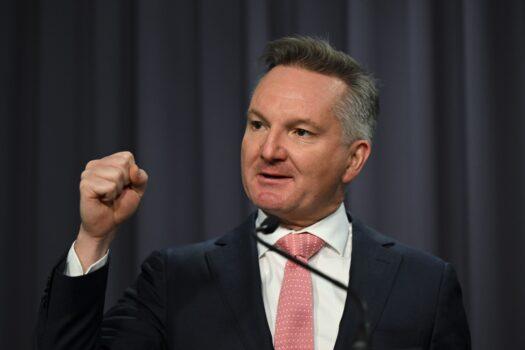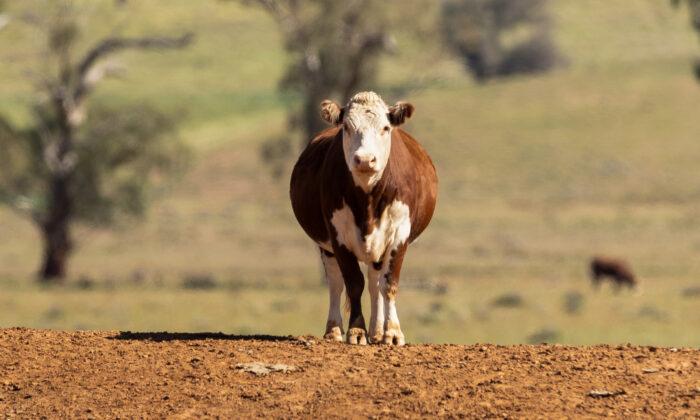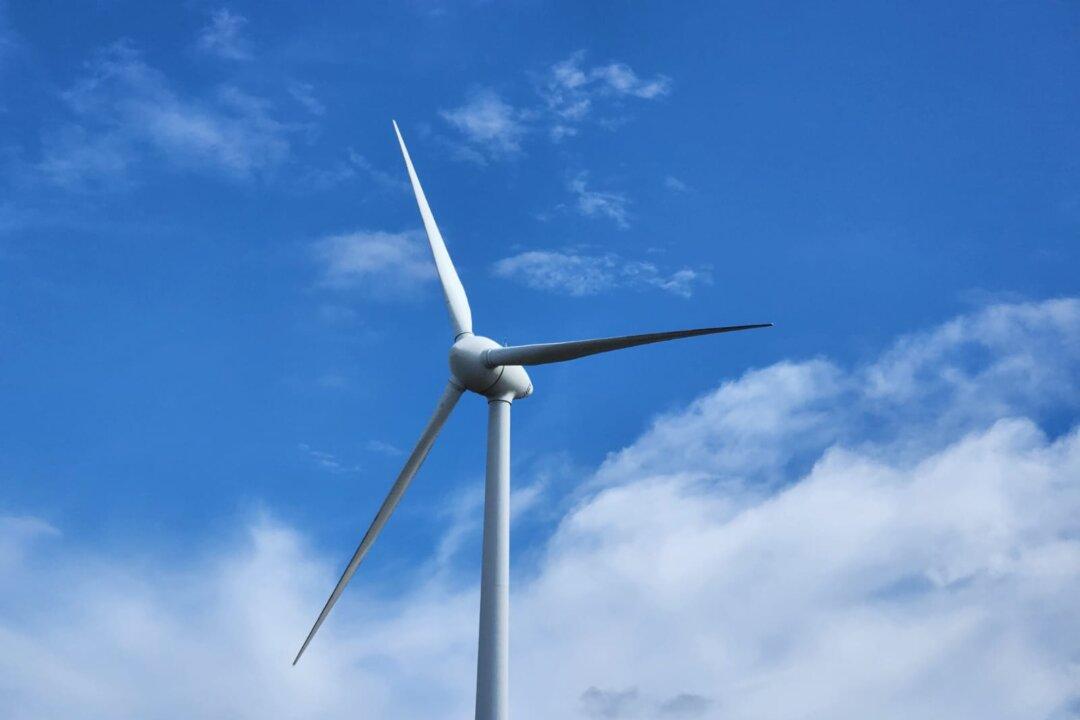The Australian Labor government has signed on to the United Nation’s Global Methane Pledge that commits to cutting emissions of gas by 30 percent by 2030.
The move follows in the footsteps of 120 other countries, including the United States, the United Kingdom, and the European Union.
Under the voluntary pledge, the government will roll out a series of actions to cut down methane in sectors such as energy, waste, and agriculture—flatulence and belching from livestock is the number one source of methane, according to scientists.

The move has received support from Fiona Simon, president of the National Farmers Federation, who said the agriculture sector was committed to sustainability.
Cutting Cow Flatulence, Belching the Key
A big part of the government’s methane pledge will be investment in the Methane Emissions Reduction in Livestock (MERiL) program that will provide $5 million (US$3.14 million) in funding to accelerate the development of methane-reducing pills that can be mixed in with feed and fed to livestock.Based on trials at the University of California, Davis and in Europe, around 20 grams of FutureFeed per day can cut methane from livestock by 80 to 99 percent.
Methane accounts for around 14.5 percent of global greenhouse gases, with a single cow estimated to belch around 220 pounds of methane a year. The gas is considered worse for the environment than carbon dioxide, with the Australian Department of Climate Change and Energy saying it absorbs heat 84 times faster over a 20-year period.
Yet opposition MPs have been critical of the methane pledge, with Liberal Party leader Peter Dutton saying Australia was already doing it’s fair share on environmental issues.
“I think [Climate Change Minister] Chris Bowen needs to be very clear here because, before the election, he gave an indication to farmers that he wasn’t going to do this, and now he is.”
“There is 10 times the number of feral pigs in Australia than domestic,” he previously told The Epoch Times. “This is an underhanded attack on our resources sector and agriculture. If it was about science, well, the flatulence for feral animals should be included, but it’s not.”
Australia contains some of the world’s largest feral animal populations—partly due to the lack of large land predators—which do not come under government moves to cut methane emissions.
The country is estimated to contain 400,000 wild horses, five million donkeys, 150,000 water buffalo, one million camels, and 24 million feral pigs—in comparison, the United States contains just six million feral pigs.
The methane pledge comes amid a wider push to reduce emissions across the country by the Labor government, including a 43 percent emissions reduction target by 2030.






Friends Read Free